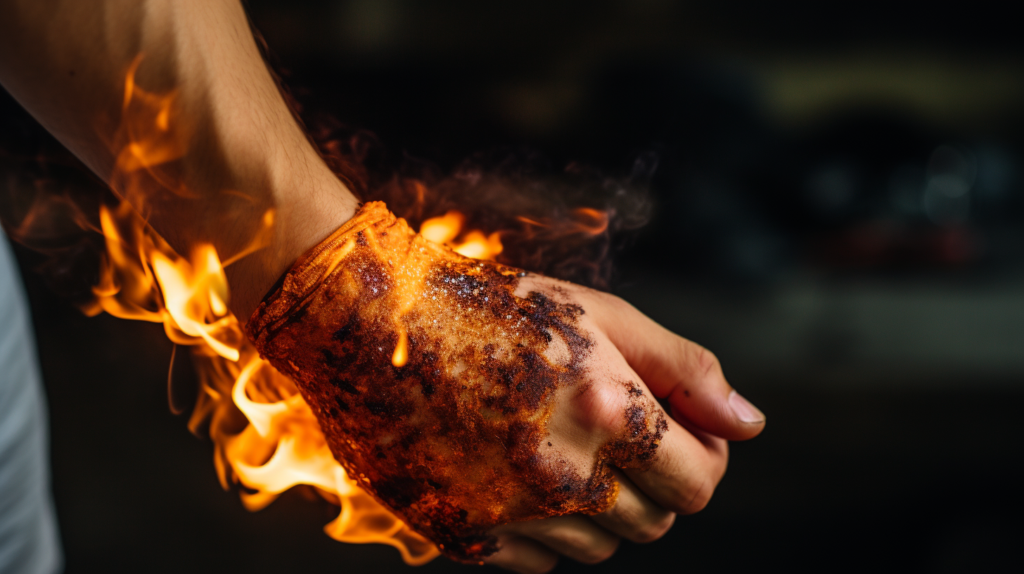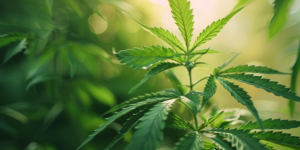Accidents happen, and when they do, being equipped with the knowledge to provide immediate and effective care for burn injuries is crucial. Whether it’s a minor kitchen mishap or a more severe incident, understanding the proper steps to take can make a significant difference in the healing process. Here, we’ll walk you through the essential steps of caring for burn injuries, from initial first aid to the recovery phase.
Assess the Severity:
The first thing you need to do when dealing with a burn is consider the severity, as this will allow you to provide the right medical treatment.
First-Degree Burns: These burns cause redness and mild pain, thankfully the burn has only penetrated the outer layer of skin.
Second-Degree Burns: Affecting both the outer and underlying layers of skin, second-degree burns lead to blistering, increased pain, and potential swelling.
Third-Degree Burns: The most severe, third-degree burns extend into the deeper layers of skin, resulting in white or charred skin. These burns may be painless due to nerve damage.
First Aid for Burn Injuries:
Safety First:
Before approaching the burn victim, ensure the safety of both yourself and the injured person. Extinguish any flames, and if the burn is caused by a chemical, rinse the affected area with cool running water for at least 20 minutes.
Remove Constrictive Items:
If possible, remove tight or constrictive items like jewelry or clothing near the burn site. This prevents further damage as the affected area may swell.
Stop The Burn:
For first and second-degree burns, cover the burn in cool water for a period of at least 10 minutes, this will stop the burn from getting worse. Do not use ice, as it can further damage the skin. If the burn is in a young child, you might find it easier to submerge them in a lukewarm bath with toys.
Covering the Burn:
Use a clean, non-stick bandage or sterile cloth to cover the burn loosely. Avoid using adhesive bandages directly on the burn.
Pain Management:
Over-the-counter pain relievers, like acetaminophen or ibuprofen, can help manage pain. Consult with a healthcare professional before administering any medication, especially for children or pregnant women.
Seeking Medical Attention:
While many minor burns can be treated at home, certain situations warrant immediate medical attention. However, if you received any of these burns as a result of someone else’s negligence, Virginia Beach personal injury lawyers always insist you seek medical attention. These burns include:
Third-Degree Burns:
Seek emergency medical assistance for third-degree burns as they require professional care to prevent infection and promote healing.
Large Burns:
Burns that cover a significant portion of the body, regardless of the degree, should be evaluated by a medical professional.
Facial or Joint Burns:
Burns on the face, hands, feet, genitals, or major joints require special attention, as scarring in these areas can impact mobility and functionality.
Home Care and Recovery:
Keep it Clean:
Gently clean the burn with mild soap and water daily. Avoid scrubbing, and pat the area dry.
Topical Treatments:
Apply an over-the-counter antibiotic ointment to prevent infection. Change the dressing regularly.
Pain Management:
Over-the-counter pain relievers may be continued as directed by a healthcare professional.
Avoiding Sun Exposure:
Protect the healing burn from direct sunlight to prevent hyperpigmentation. Use sunscreen if the burn is exposed.
Hydration and Nutrition:
Stay well-hydrated, and maintain a balanced diet rich in vitamins and minerals to support the body’s healing process.
Caring for burn injuries requires a combination of prompt first aid, professional medical attention when necessary, and diligent at-home care during the recovery phase. By understanding the severity of the burn and following these guidelines, you can contribute to a smoother healing process and minimize the risk of complications. Remember, when in doubt, always consult with a healthcare professional for personalized advice and treatment.




